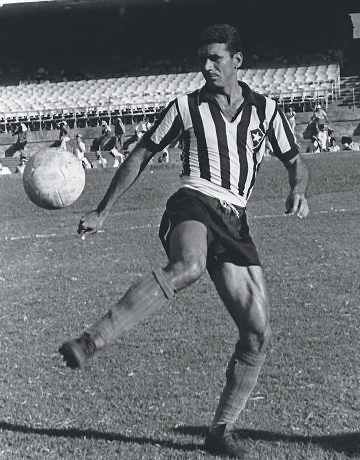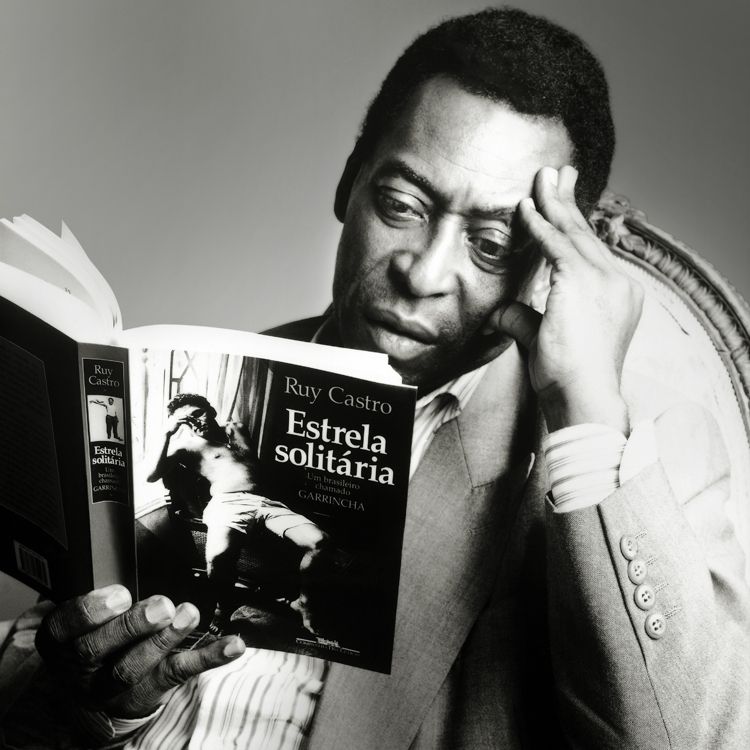Ocwirk today?
It's always difficult to make assumptions about the suitability of earlier players in contemporary times. Of course none of them could, from a purely physical standpoint, keep up with todays sprinting machines, and the technical-tactical know how has improved enormously. Assumed Ocwirk would keep his in-game characteristics and his relative quality, he would have become an outstanding centerback or halfback*, a very good #6, and a good #8.
His passing game and his pressing resistance are rather suited for deeper zones in today's football, where his defensive playing style fits in as well.
[Then comes the part with the Torberg quote, which is translated accurately.]
-------
* I guess he means wide CB in a back three there






